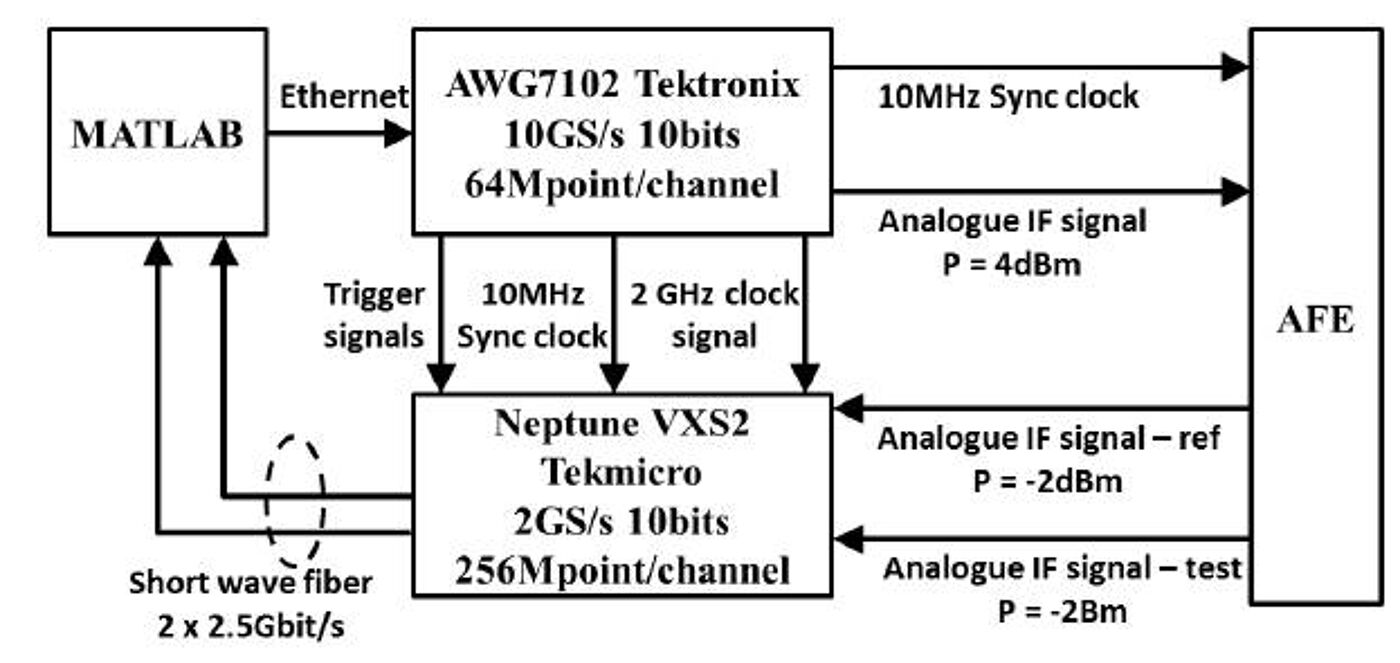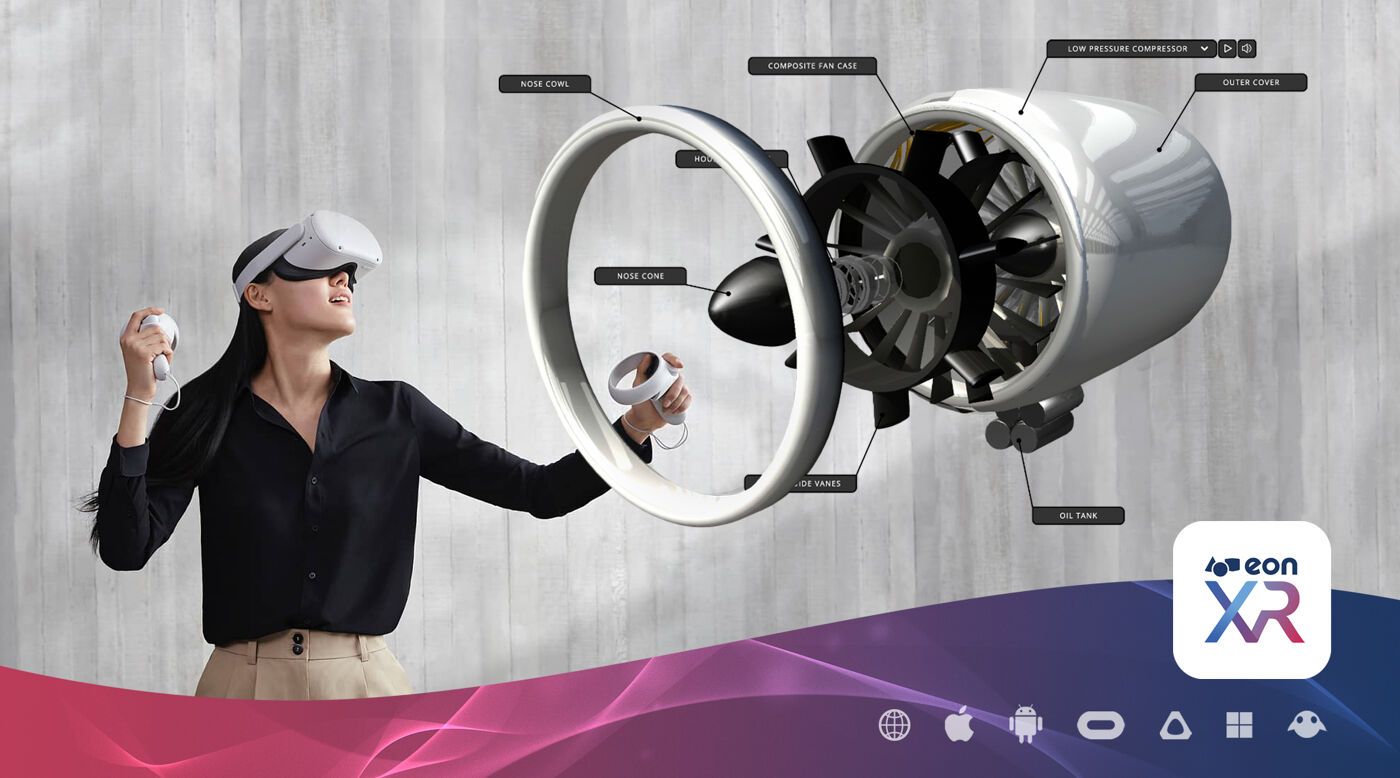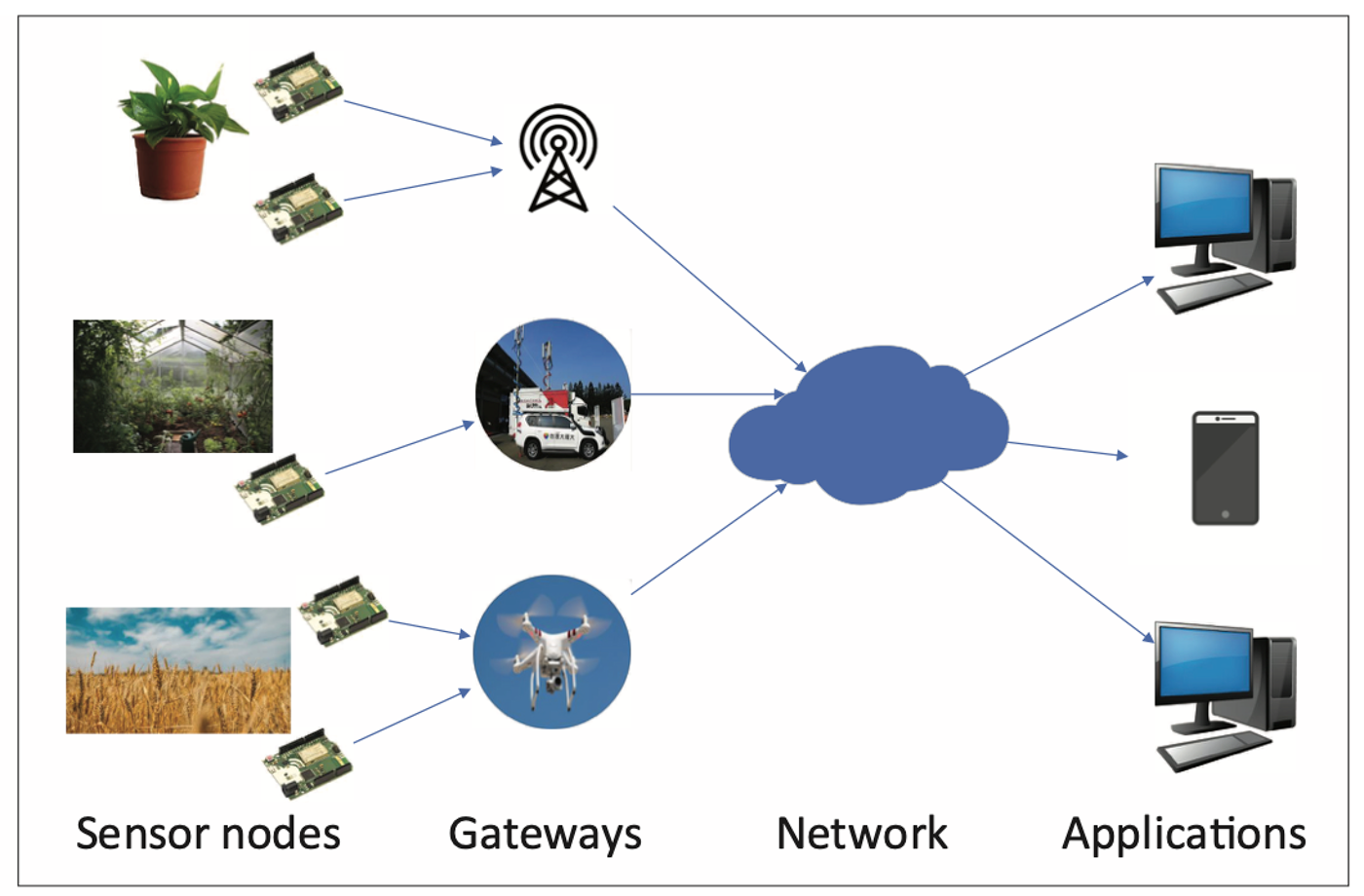
Self-organised networks (SONs)
5G & beyond networks will rely on ultra-densification to achieve and maintain targeted key performance indicators (KPIs). An extreme variety in services and corresponding KPIs are expected in future networks. AI-enabled self-organised networks (SONs) can guarantee energy efficiency, low-cost operation, and ubiquitous coverage, and they can make the network proactive rather than reactive. In this project, we will develop AI-enabled proactive SON functions on load balancing, resource optimisation, mobility and handover management, and energy saving. The project will also design agile and scalable self-healing functionalities for ultra-dense future cellular networks.

AI-driven Electronic Design
Just as steam engines allowed mass production of labour-intensive products, AI techniques have the potential to realize mass production of knowledge and intelligence-intensive products. However, there is currently a gap between off-the-shelf AI techniques and real-world electronic design. Filling this gap, to transform AI techniques for electronic design from laboratory to industry is the aim of the AI-Driven Design Automation and Computer-Aided Engineering Lab (AIDAC). Our research focuses on machine learning and data-driven optimization-based methodology for electronic circuit and system design, unblocking bottlenecks in design complexity and time-to-market. Our current focuses are AI-driven design methodology of microwave devices (antennas, filters, couplers), RF ICs, analogue ICs and systems, and micro-electromechanical systems. Our AI-driven electronic design algorithms make several kinds of design tasks that are very difficult for manual design to be achieved with a one-button approach. Our algorithms are used by leading design teams both in the academy and industry and some are embedded into MATLAB.
More information can be found via the AIDAC website here and the group's Youtube channel.

Future Radar Systems
With the growing overcrowding of the spectrum, new threats (e.g. UAVs near airports) and the need for spectrum reuse, there is a need in developing novel radar systems that can evolve in that environment and communicate amongst themselves. This starts with developing the radar spectrum sensing and actively communicating with neighbouring radars or communication nodes to collaborate and fuse information. These functions have to be executed alongside radar functions and switch from one mode to another or combine several modes together in their operation via resource management. Having a software-defined radar platform to do this would mean that the radar could dynamically change its operating model to fit the task at hand by acting via software on both hardware and processing configurations. We explore waveform design, MIMO, radar geometries, and polarisation to that end.

Virtual/Augment Reality in Education
Extended reality (XR) merges augmented and virtual reality technology to create immersive new ways of interacting with computer-generated 3D images and simulations.
Under the umbrella of the CSI research group, the EON-XR Centre is based at the University’s James Watt South Building and aims to find new ways to expand the learning experience offered to students across the University’s four Colleges with new technologies. Students have access to augmented reality (AR) software on their mobile devices and virtual reality (VR) headsets to bring lessons to life in new ways. Engineering students, for example, are able to visualise and interact with the inner workings of machinery in virtual space, while medical students could gain new insight into how organs function.
In addition to accessing EON Reality’s ‘knowledge metaverse’ – an online repository of thousands of existing learning tools created with other partners – teachers and instructors will be able to develop their own lessons for students.

Internet of things
The advent of the Internet of Things (IoT) will lead to billions of new connected devices which will place a strain on today’s cellular and WiFi spectrum. Terahertz communications can revolutionise wireless networks while addressing the spectrum shortage through the massive high-frequency spectrum. Hence the technologies of both the next-generation cellular networks and IoT will move toward some form of convergence, where the use of terahertz frequencies will become commonplace in addition to the conventional cellular band. This project will develop AI-enabled solutions to deliver a seamless connectivity experience to the user to manage the emerging convergence. This project also develops efficient solutions and algorithms for beam search procedures in terahertz, AI-enabled mesh-based topologies for terahertz communications. The project will also address the seamless switching between WIFI, cellular, and terahertz technologies while considering novel architectures such as the multi-tier control and data plane separated architecture.

